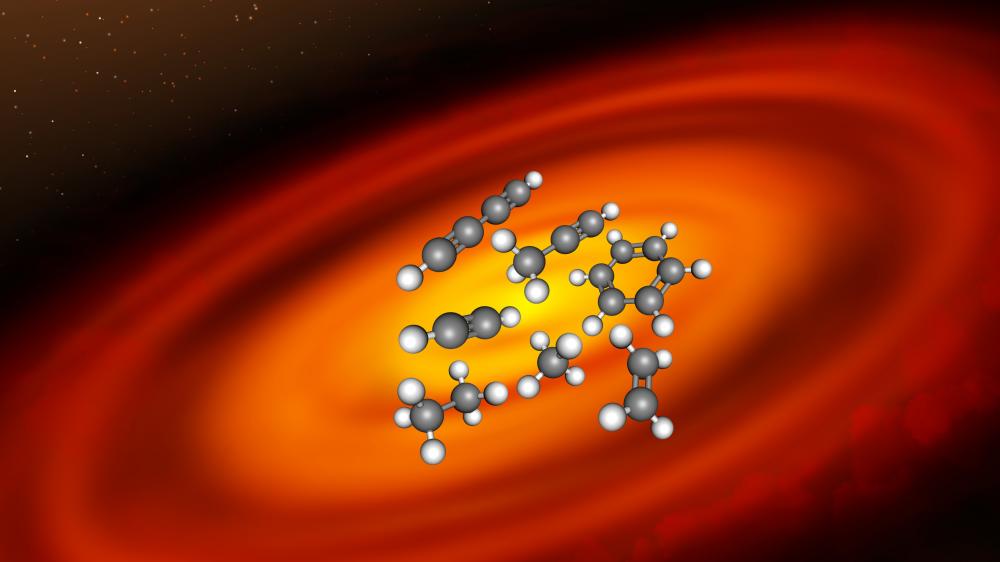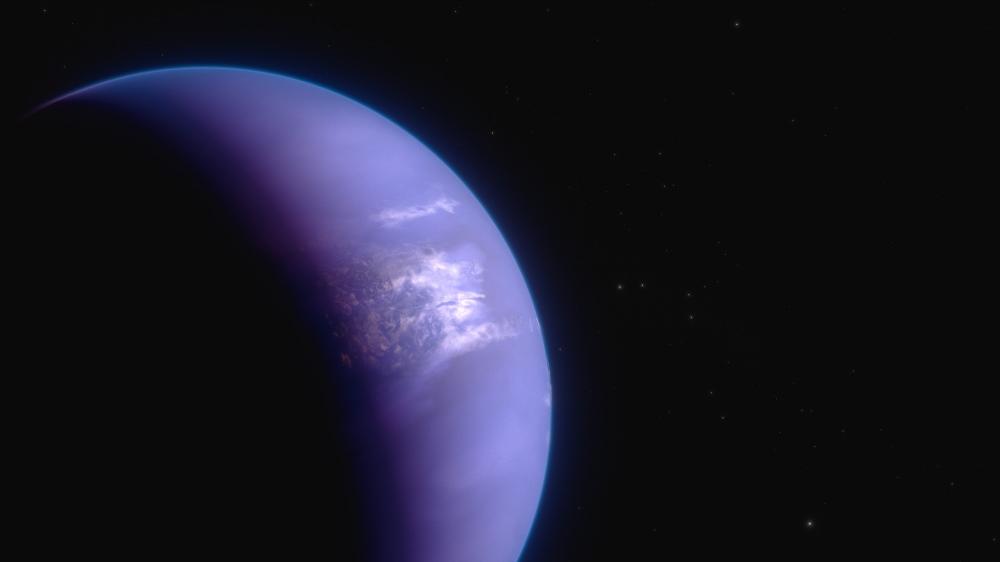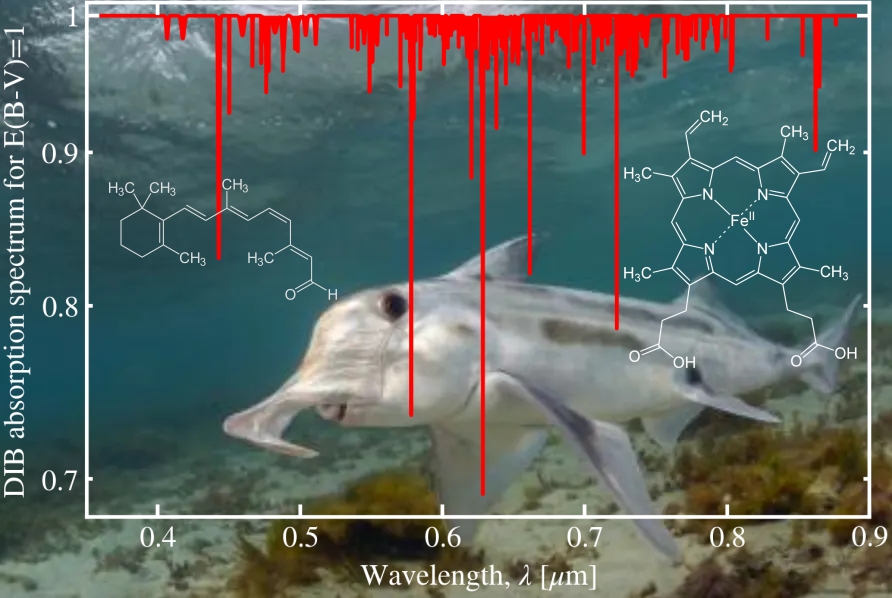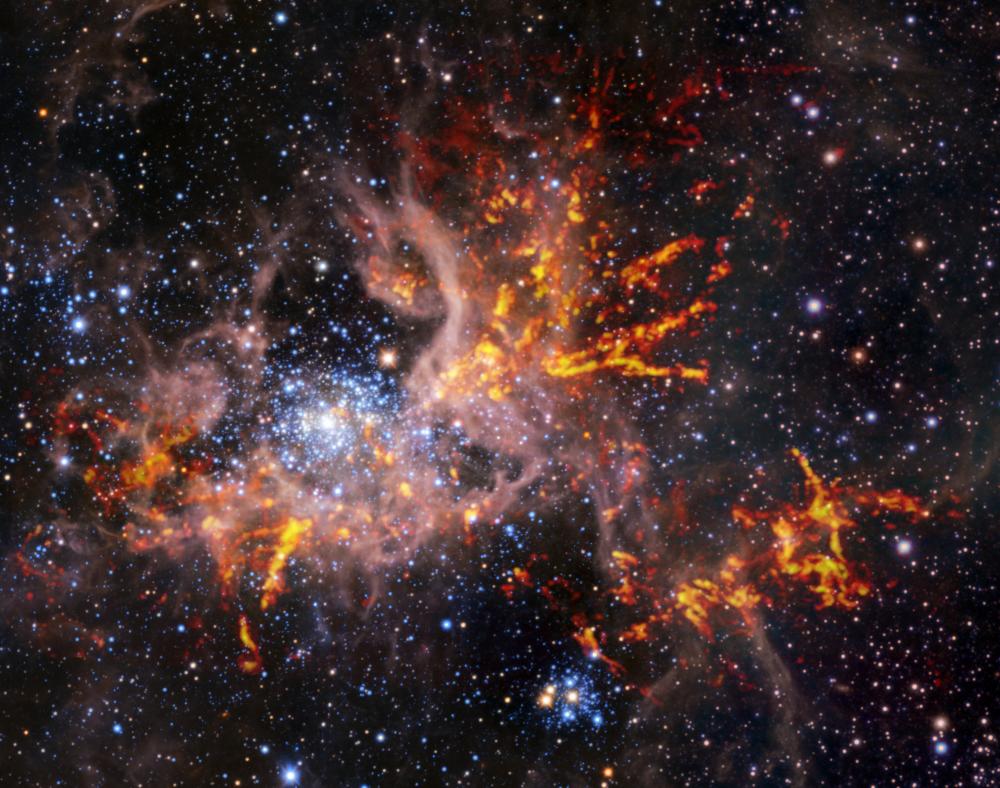An international research team, including scientists from CEA, has just revealed the chemical composition of a disk of matter rotating around a young star, where new planets are forming. The results reveal the largest number of carbonaceous molecules ever observed in such a disk, including some detected for the first time outside our solar system. These findings have implications for the potential composition of planets forming around this star. These results, published in the journal Science on Thursday June 6, were obtained as part of the guaranteed time program of the MIRI instrument, developed by a consortium of laboratories in Europe and the USA.
An international team of researchers, including members from CEA, utilized NASA's James Webb Space Telescope to map the weather of the hot gas giant WASP-43 b.
Measurements in mid-infrared obtained with the MIRI instrument, combined with 3D climate models and other observations, suggest the presence of thick and dense clouds on the night side, clear skies on the day side, and equatorial winds reaching up to 8,000 km/h, mixing atmospheric gases around the planet.
This study showcases advancements in exoplanet science enabled by the unique capabilities of JWST to measure temperature variations and detect atmospheric gases hundreds of light-years away.
This study is published in the prestigious journal Nature Astronomy.
Fermi-LAT telescope continues systematic γ-ray survey
NASA's Fermi satellite was launched in June 2008, and the Fermi-LAT telescope has been carrying out a systematic γ-ray survey of near-GeV energies covering most of the sky every 3 hours (and the whole sky in no more than a week) since August 2008.
A team from the Département d'Astrophysique, in collaboration with the start-up Iris.AI, has shown that one could find, in select biology studies, some relevant information to better understand the interstellar medium. These results will soon appear in the Journal of Interdisciplinary Methodologies and Issues in Science.
The origin of Galactic cosmic rays, their energy source and their acceleration process raise many questions more than 100 years after their discovery by Victor Hess in 1912. What are their sources of acceleration and energy? What are the acceleration mechanisms and their properties?
If these are not the only sources considered, strong shocks in supernova remnants constitute one of the privileged places of acceleration which allows the acceleration of particles by the mechanism of diffusive acceleration. Moreover, if a fraction of 10-20% of the shock kinetic energy is tapped to accelerate the particles, the supernova rate in our Galaxy can account for the energy required to maintain the Galactic cosmic ray population.
X-ray observations, on the other hand, have the advantage of being able to finely map the acceleration locations. And, of major interest, they provide information on the properties of both the thermal plasma heated to millions of degrees and the non-thermal plasma of electrons accelerated to very high energies of the order of teraelectron volts. They thus offer keys to the understanding of shock acceleration mechanisms, and specifically of their feedback and their dependence on the magnetic field.
Understanding the star formation process is a major open question in contemporary astrophysics. It is indeed the process that controls the evolution of galaxies since their birth, gradually transforming their interstellar gas into stars and enriching it with heavy elements and dust grains. It is also the formation of stars that is at the origin of the formation of planetary systems and the appearance of life. This process is however complex and still very poorly understood. It involves the understanding of a series of hydrodynamic instabilities leading to the collapse of a molecular cloud, in which gravity, magnetic field and chemistry play a central role. Moreover, the feedback, i.e. the ionizing radiation and the wind from newly formed massive stars, has the effect of destroying the rest of the molecular cloud and thus inhibiting star formation after a few million years. This feedback is a key element, but it is still insufficiently understood.






